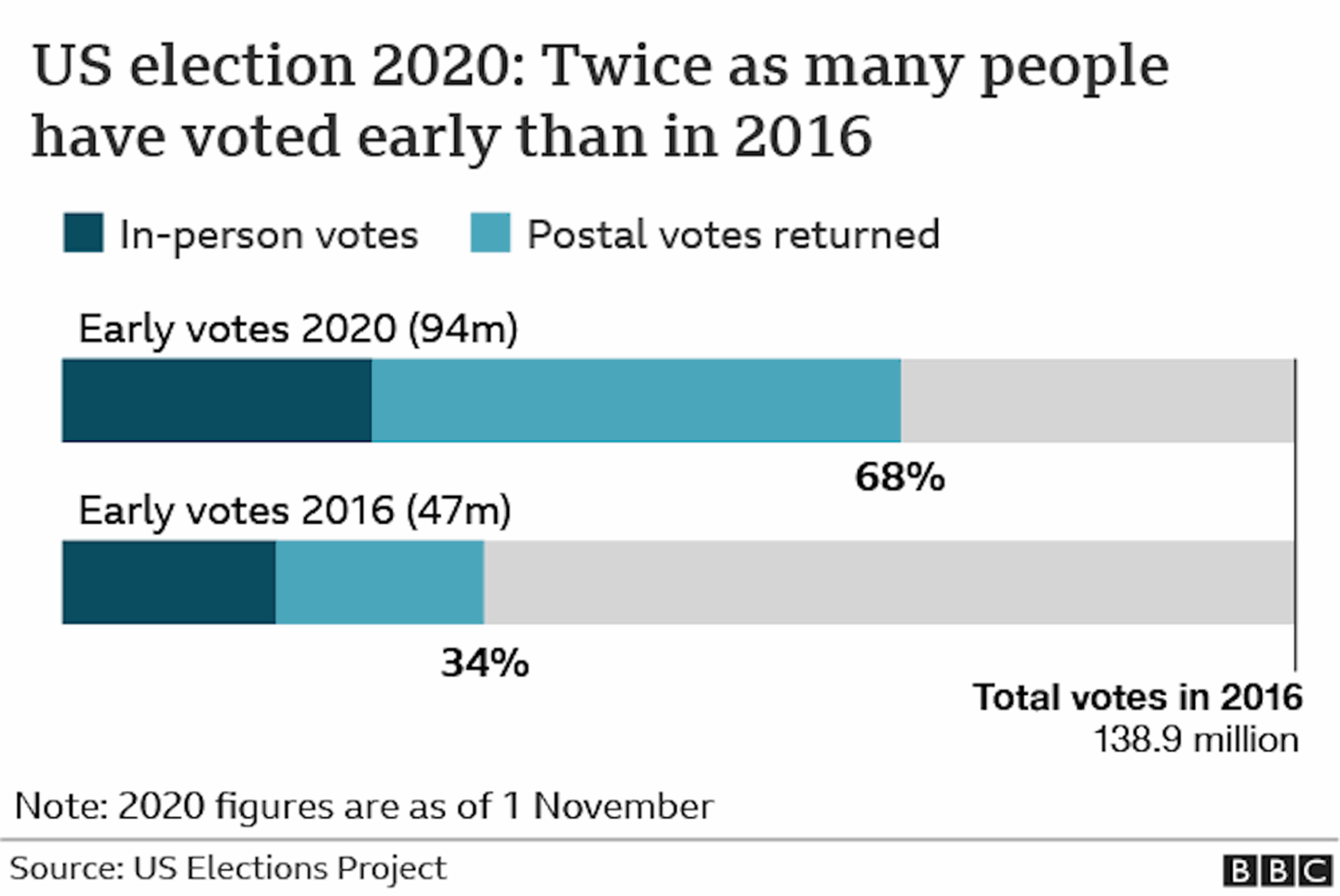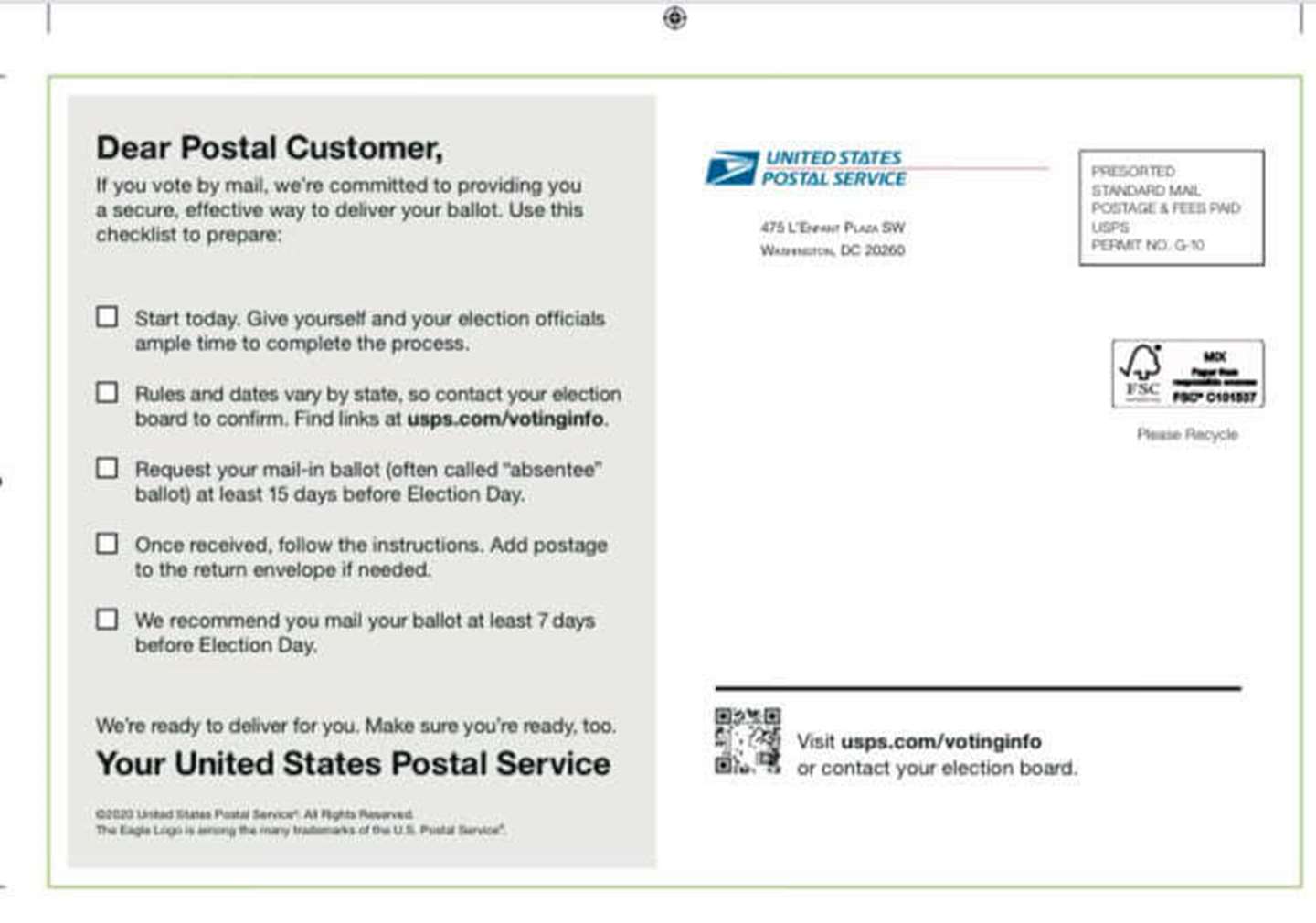In the run up to the US 2020 election, the pandemic meant that an unprecedented number of voters were expected to cast their ballot via the United States Postal Service. But opinion polls revealed public fears that they wouldn’t be able to handle this influx of mail ballots due to slower than usual mail delivery times. Major delays that were blamed on cuts to both budgets and overtime.
Americans had lost faith in the United States Postal Service’s ability to handle voting by mail. So how could the USPS restore the public’s trust in their seriously dented reputation?
The answer was on a postcard. A simple piece of direct mail that got the US voting public to sit up, take notice and more importantly, take action. And the runaway success of the mail-out only serves to underline the mind-blowing potential that printed direct mail has for consumer reach and engagement.
Answer on a postcard
US ad agency MRM realised they needed a creative that would restore American’s faith in the USPS and the integrity of voting by mail. The opinion polls had also revealed that voters were searching for clear, easy-to-understand information amid the voting ‘noise’. So in response to this, and realising that integrity is built on understanding HOW to do something, they sent a simple, straightforward, non-partisan piece of direct mail to every single American. ‘Democracy by mail’ was an informational and useful postcard that cut through the noise and gave the most important advice of all: how to plan ahead to make sure your vote is counted.
Alongside a checklist to help the voter prepare their ballot in time, the message read: ‘We’re ready to deliver for you. Make sure you’re ready too. Your United States Postal Service’. A URL in English and Spanish took the voter online for further information. And the same, simple call to action ran concurrently in newspaper, digital display and radio ads.
Direct action
The results were seriously impressive. As well as generating 700+ million impressions (376 million paid and 330 million from DM), the campaign provoked nearly 1.5 million visits to the site and there were 740,124 clicks on ‘Find your state election website’.
The campaign inspired positive voter behaviour too. While 73 per cent of voters returned ballots at least one week early1, 88 per cent of voters felt confident their vote was counted1, 98 per cent of mail voters reported no trouble requesting and sending their ballots2, and early voting in 2020 was more than double recent years - with over 65 million ballots cast by mail3. All of which was reflected in subsequent survey results showing improved voter confidence in the USPS’ ability to deliver mail and ballots on time and in a non-partisan manner.



